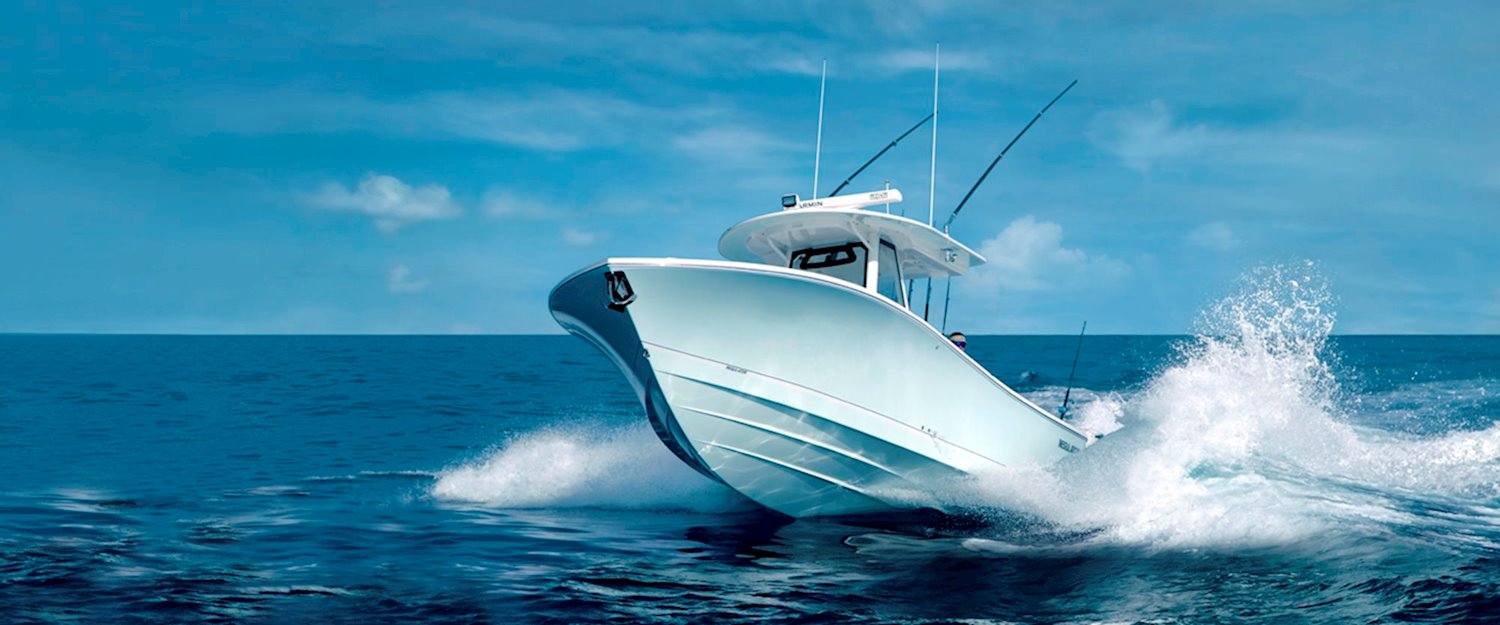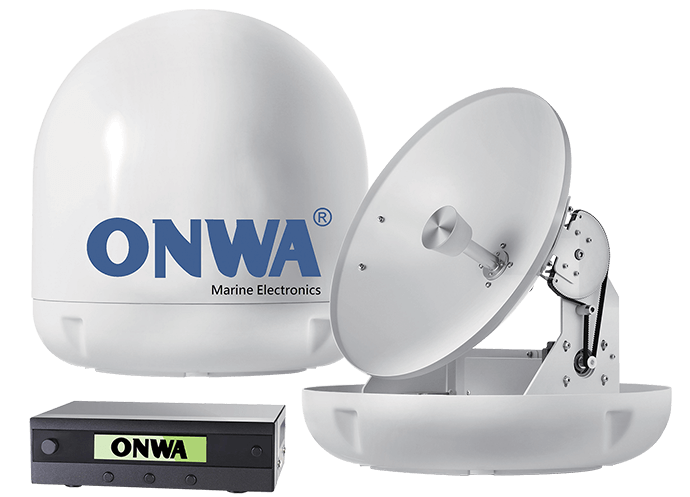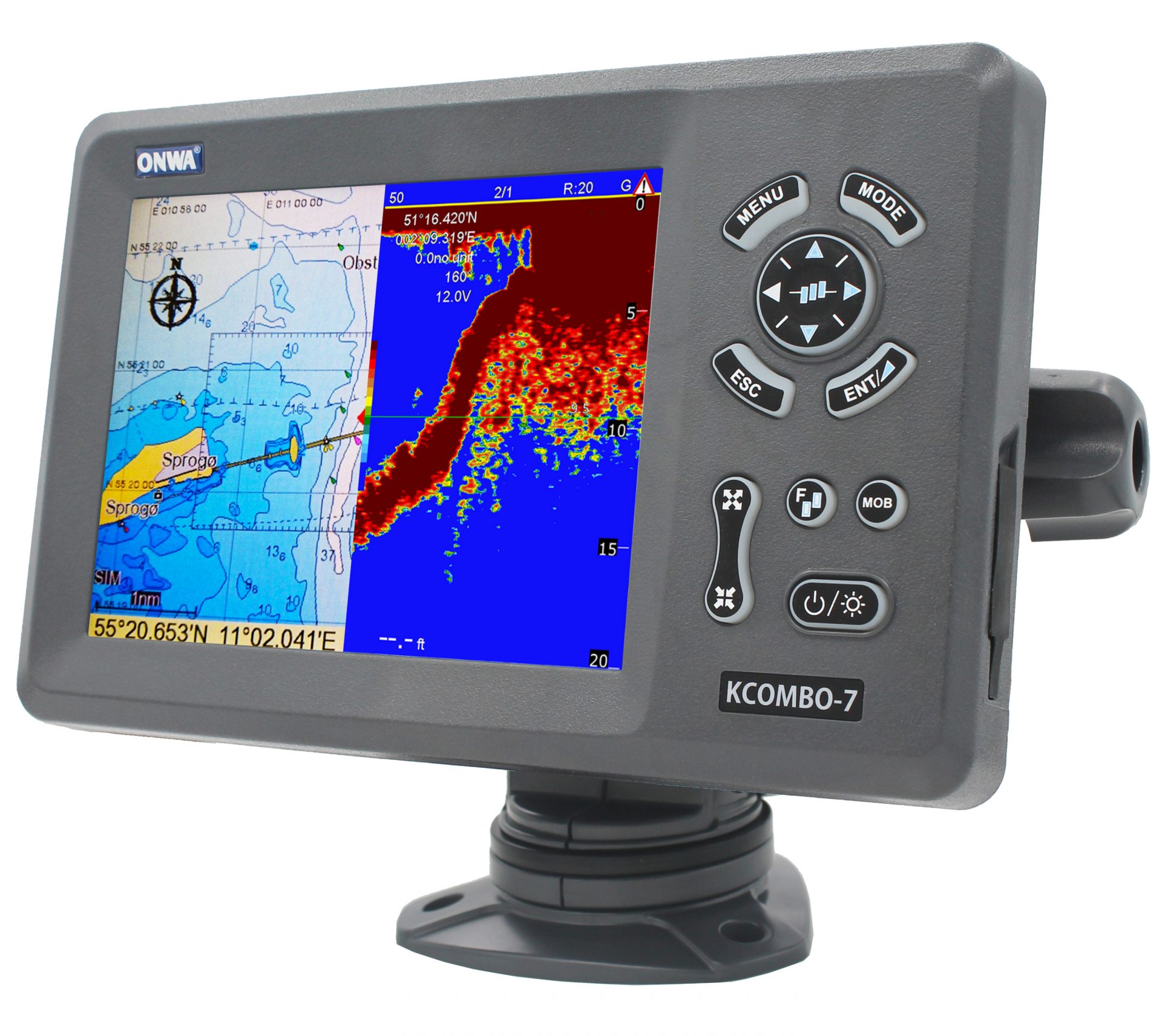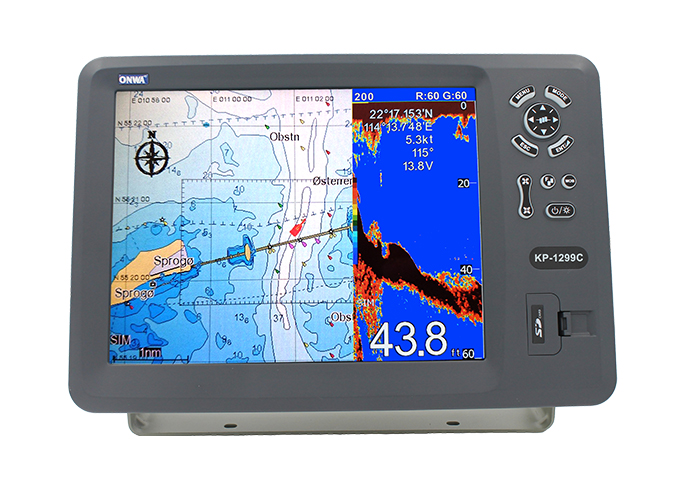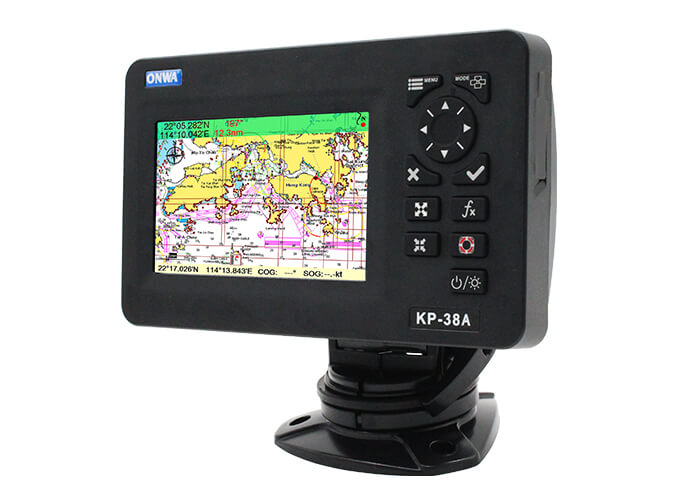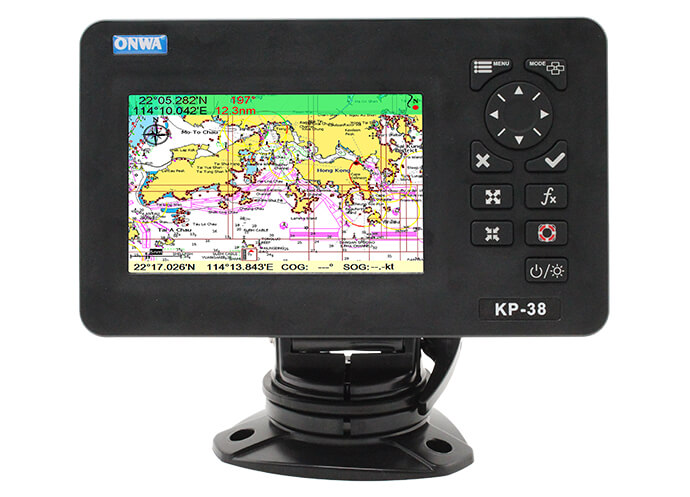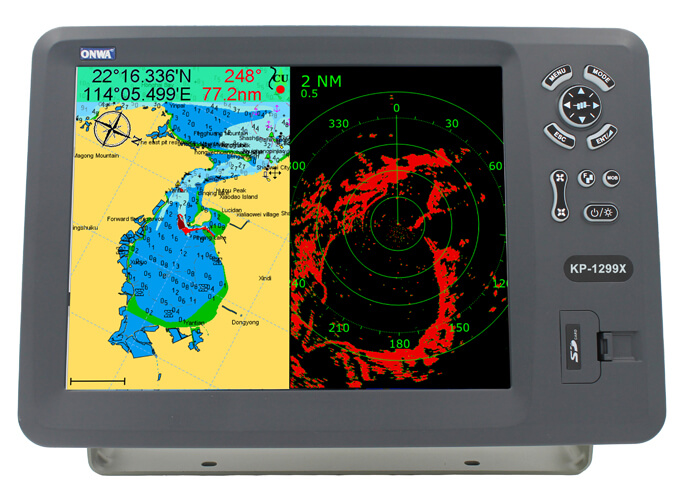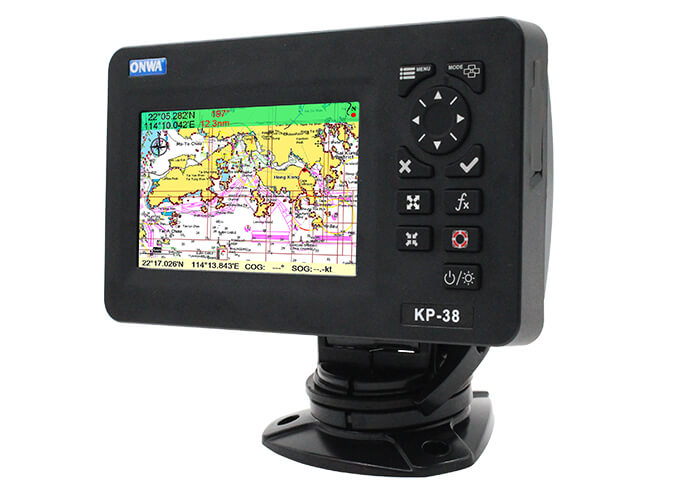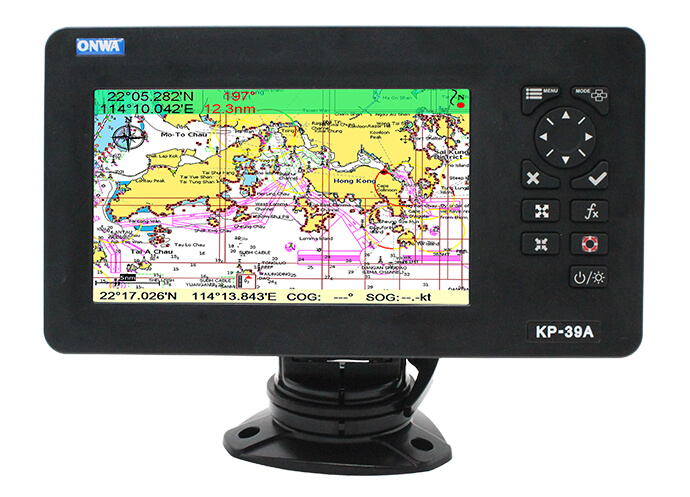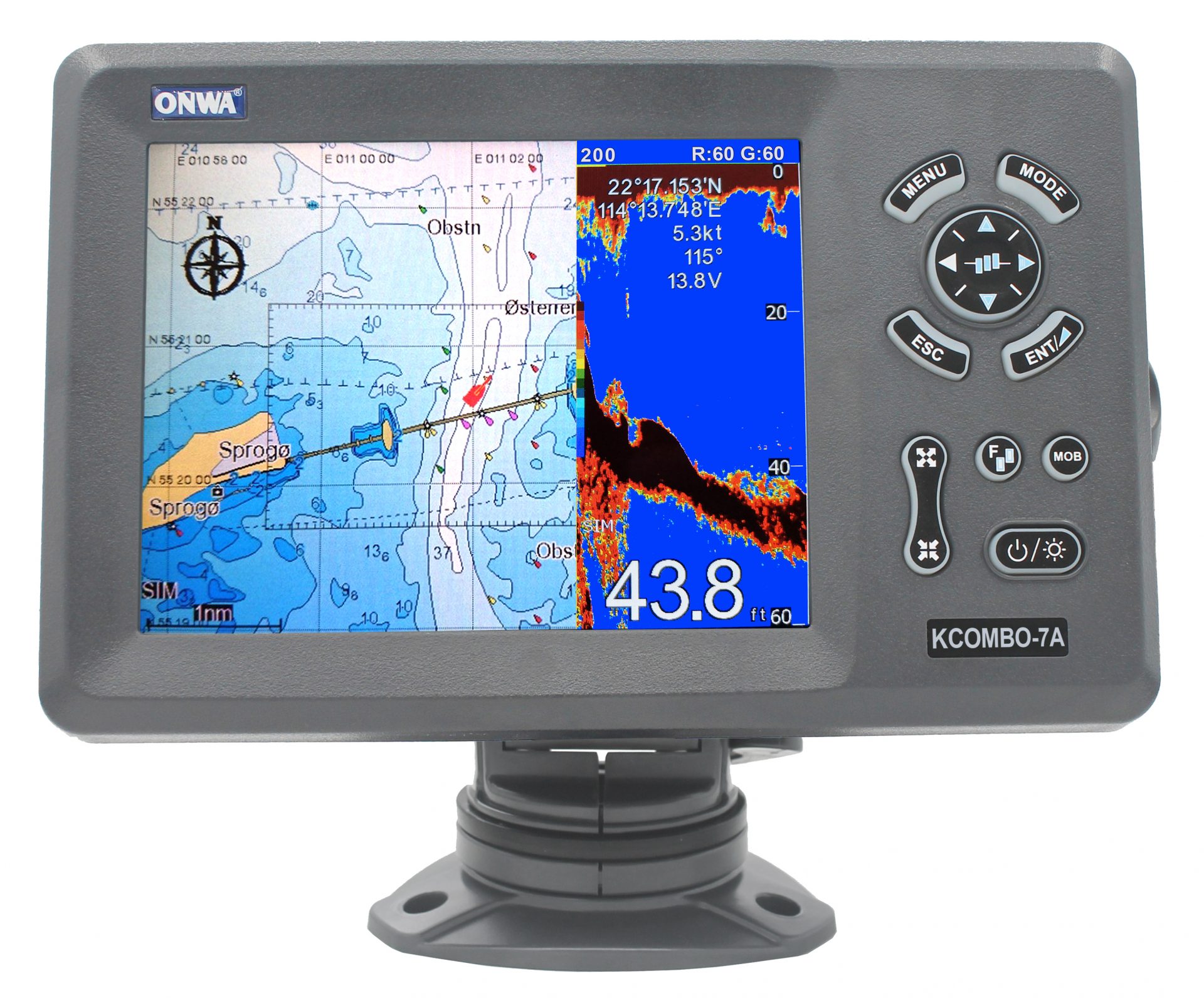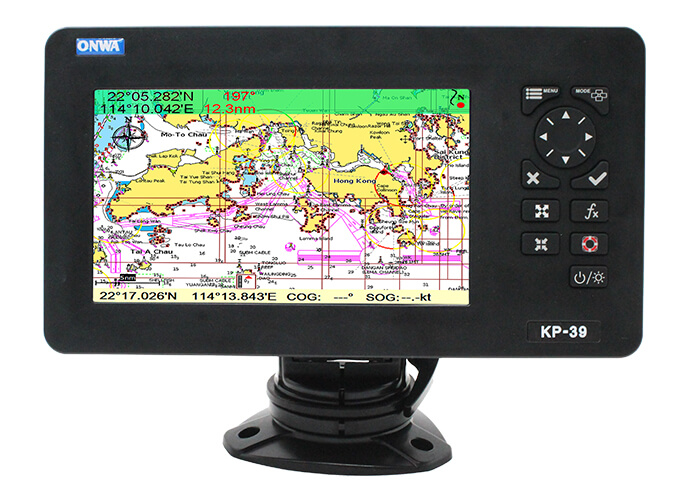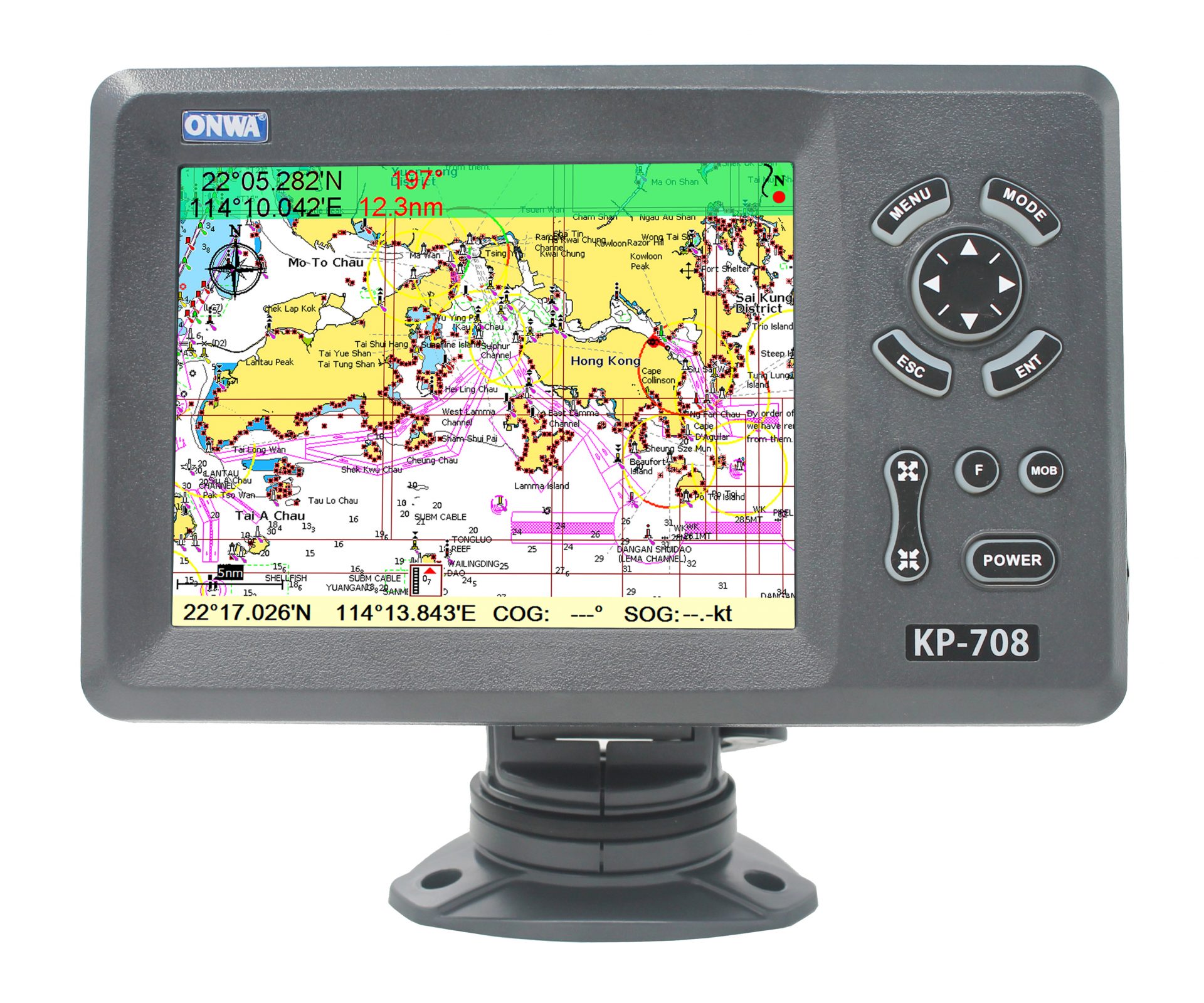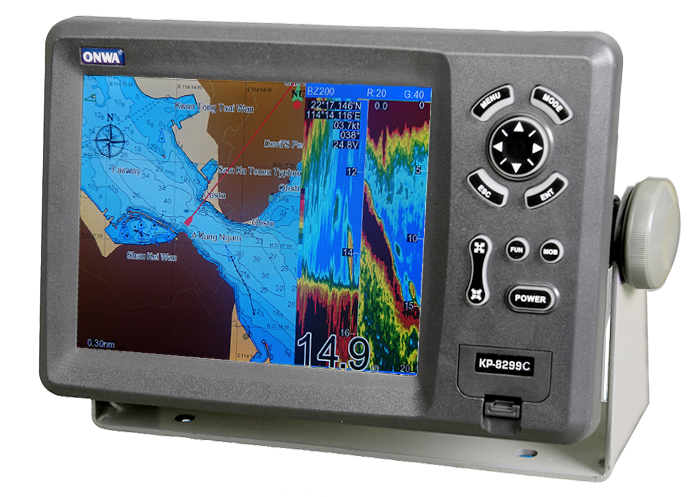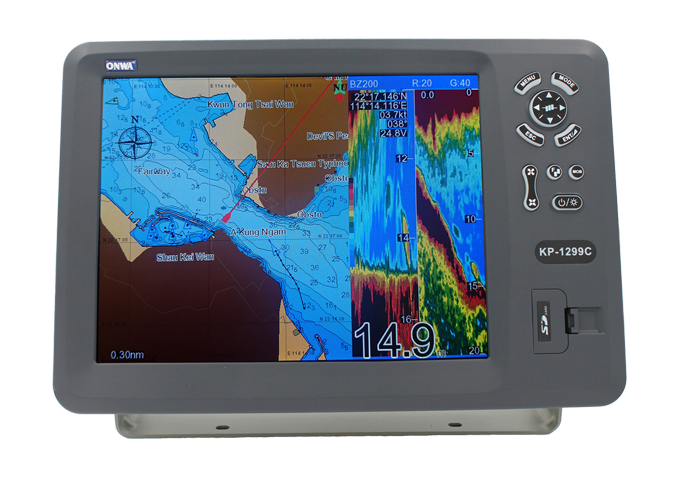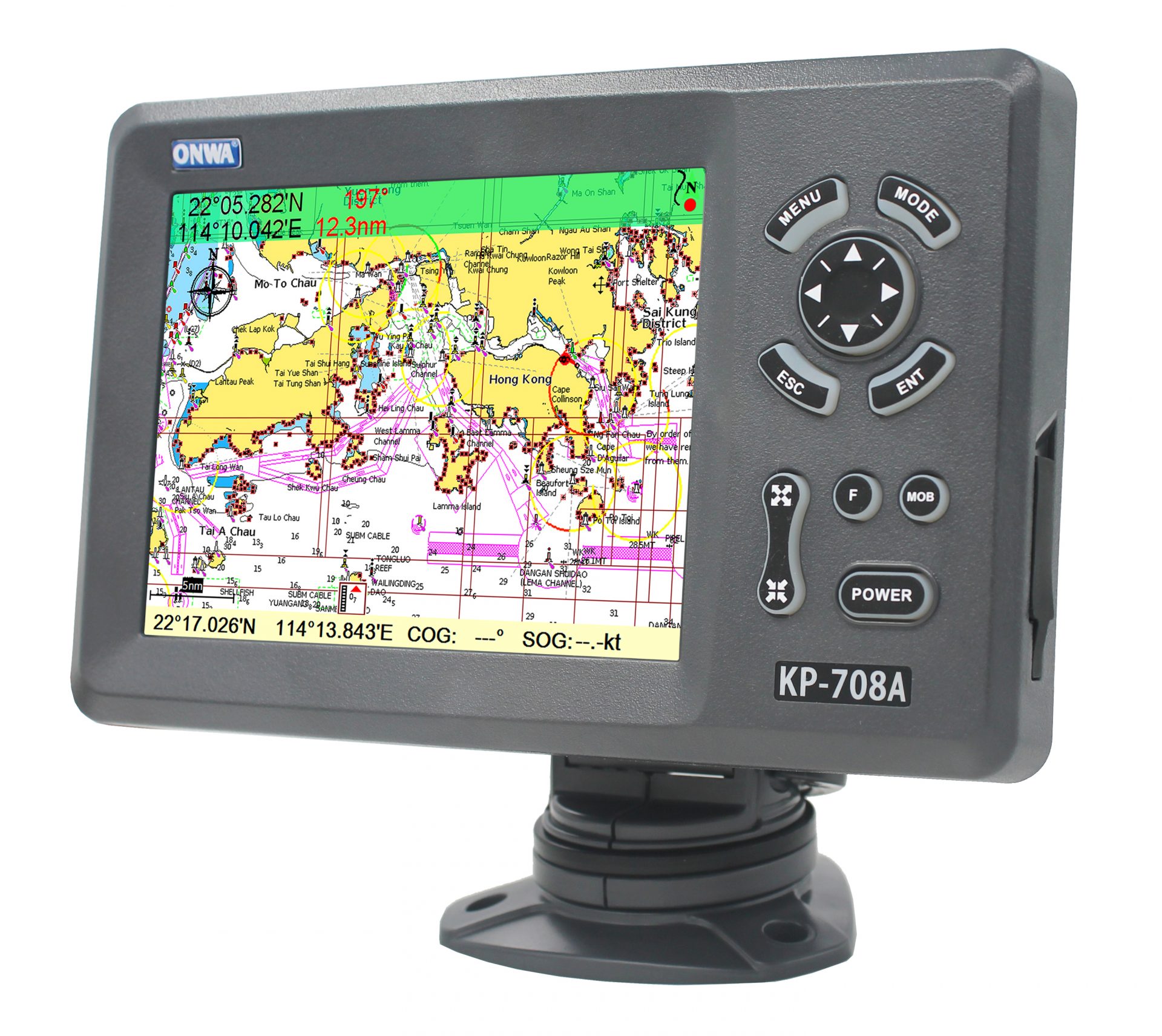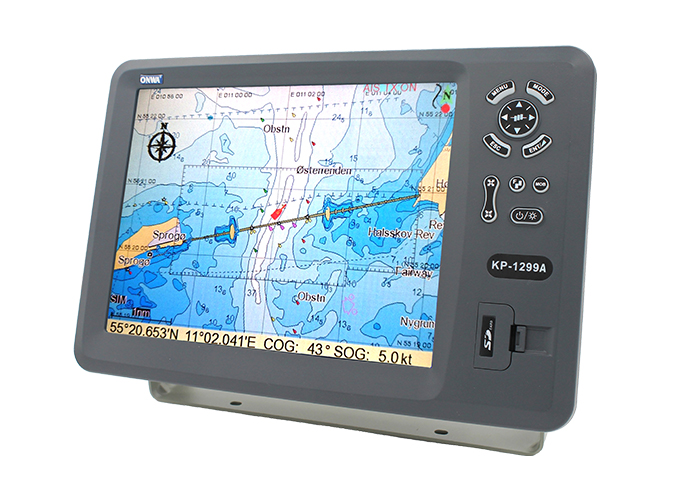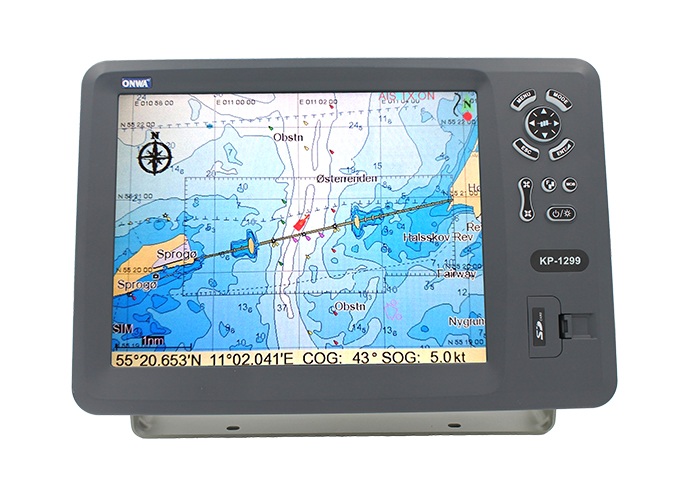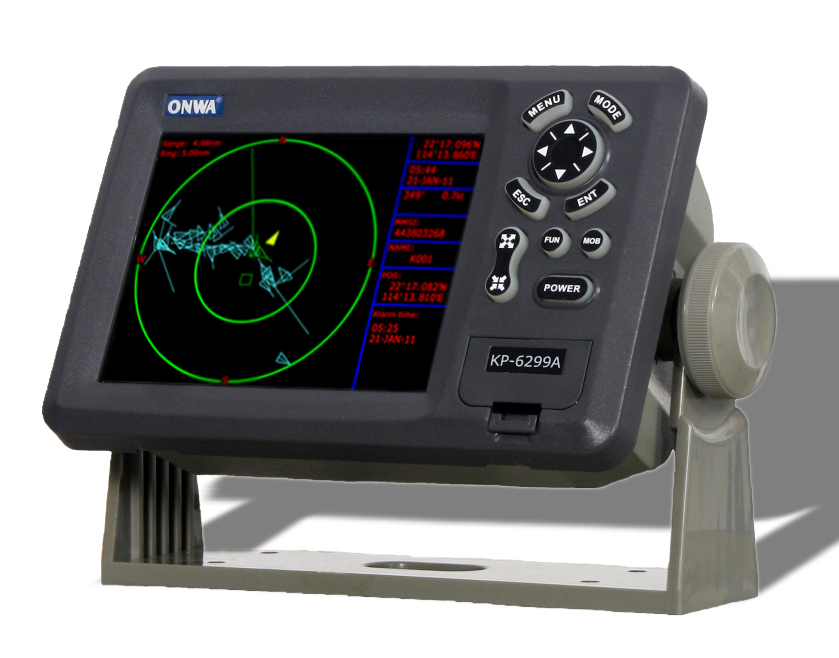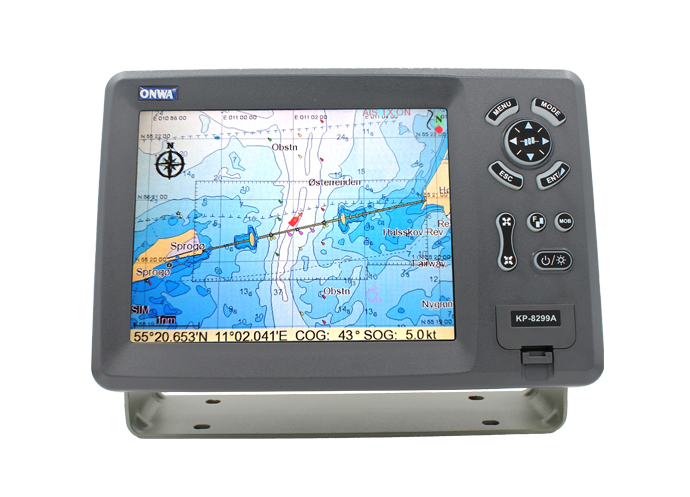What is Marine Satellite TV Antenna?
Marine satellite TV antennas have risen significantly over the last few years to claim an essential place in marine vessels, marking a sea change in the way sailors and marine enthusiasts access entertainment and stay connected while on voyages.The Significance and Convenience of a Marine Satellite TV Antenna
The advent of the marine satellite TV antenna has undeniably brought considerable convenience and enhanced the onboard experience. With this technological tool, individuals no longer have to compromise on entertainment and staying up-to-date with current affairs while at sea. A marine television antennas provides high-quality reception which is indispensable for reliable broadcast TV services and Internet access. These antennas are specifically designed to withstand the severe, often harsh marine environments and are sturdy enough to provide interrupted service even in unpredictable weather.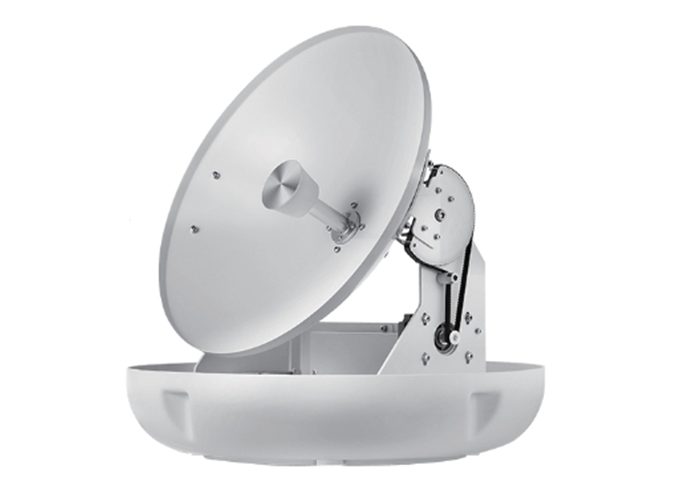
The Evolution of Marine Entertainment and Communication
The introduction of marine satellite TV antennas has revolutionized marine entertainment and communication, making it far easier for sailors and sea lovers to access an array of entertainment options and stay connected with the rest of the world. Before the advent of the marine satellite TV antenna, options for entertainment and communication offshore were severely limited. However, with the application of the marine satellite TV antenna, a whole new world of possibilities opened up.Real-Time Entertainment Access
The marine satellite TV antenna allows for seamless access to numerous TV channels and entertainment options in real-time, irrespective of a vessel's location. Everyone aboard can enjoy their favorite shows, movies, or sports events just like they would on land, providing a sense of homeliness and relaxation, crucial for longer voyages.Seamless Connectivity
In addition to entertainment, gaining Internet access via a marine satellite TV antenna offers a significant advantage. It allows sailors and maritime enthusiasts to stay connected with the mainland, offering them the ability to communicate with family, navigate, and receive news or weather updates. The Internet connectivity offered by satellite television for boats also paves the way for crucial functions like navigation, weather tracking, distress signaling, and more, ensuring both comfort and safety at sea.Essential Insights into Marine Satellite TV Antennas
When embarking on seafaring adventures, having a dependable connection to the outside world is crucial, and this is where the best marine satellite TV antenna comes into play. This piece of equipment is pivotal for mariners who wish to have access to television and internet services analogous to what they would enjoy on land. To understand this technology fully, one must delve into what a marine satellite TV antenna encompasses and how it contrasts with the traditional residential satellite dishes, as well as explore the innovative technology that permits these marine antennas to capture and hold a signal in the ever-moving marine environment.What Sets Marine Satellite TV Antennas Apart
Definition and Function
A marine satellite TV antenna is a specialized device designed to receive satellite television signals while at sea. Unlike their residential counterparts, these antennas are built to endure the unique conditions of the marine setting, including saltwater corrosion, high winds, and constant movement. Unlike stationary residential satellite dishes, a marine satellite TV antenna typically has a gyro-stabilized platform which ensures that it remains locked on the satellite signal despite the boat's motion.Marine Satellite TV Antenna Comparison to Residential Satellite Dishes
| Marine Satellite TV Antenna | Residential Satellite Dishes | |
|---|---|---|
| Operating Environment | Dynamic | Static |
| Orientation to Satellite | Changes with vessel's movement | Fixed |
| Signal Acquisition | Actively searches and locks on | Tuned to a specific satellite |
| Signal Maintenance with Movement | Yes | N/A |
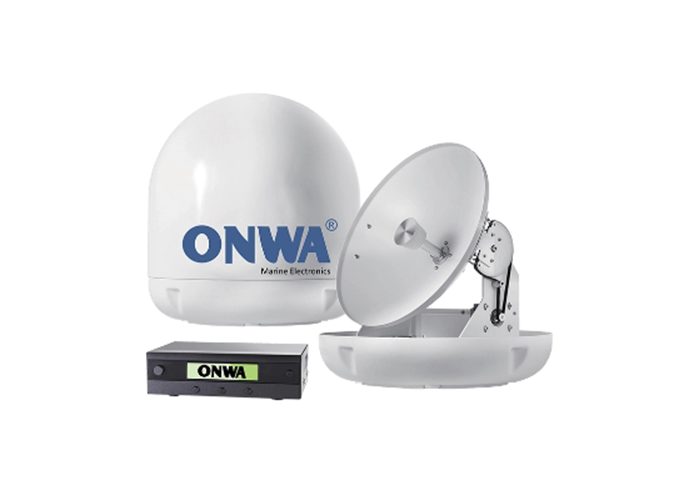
Advanced Technology Behind Marine Satellite TV Antennas
Signal Tracking at Sea
The technology incorporated within a marine boat satellite TV antenna is a marvel of modern engineering. These antennas are equipped with sophisticated tracking systems that include gyroscopes and GPS data, which allow for real-time adjustments to the antenna's orientation. Such systems compensate for any shifts or motions of the vessel, thus maintaining an uninterrupted line of sight with the signal's source satellite.Maintaining a Reliable Signal Connection
Keeping a steady signal while the waves toss the vessel around is a technical challenge that marine satellite TV antennas overcome. The in-built technology intelligently adjusts for the roll, pitch, and yaw of the boat, ensuring the antenna always points in the optimal direction. This is crucial not only for maintaining picture quality on television but also for ensuring that internet connections remain consistent and strong, fulfilling marine communication needs. In essence, the functioning of a marine satellite TV antenna is a dance of precision engineering and advanced electronics designed to counteract the natural instability of the sea. Its ability to provide a consistent and reliable service separates the marine satellite TV antenna from terrestrial satellite dishes and highlights its crucial role in modern maritime life.Choosing the Right Marine Satellite TV Antenna
When selecting the ideal marine satellite TV antenna for your seafaring experiences, it's crucial to consider various key factors and compare the top models on the market. Doing so ensures you find a compatible, reliable, and cost-effective option that meets your specific needs.Key Considerations in Selecting a Marine Satellite TV Antenna
Vessel Size and Compatibility
- Vessel Size: Larger vessels can support bigger antennas offering wider channel ranges and stronger reception. Smaller boats need compact designs that fit limited spaces without compromising the vessel's functionality.
- Antenna Compatibility: Ensure the antenne TV satellite marine is compatible with the size and type of your vessel for optimal installation and performance.
Cruising Areas and Channel Preferences
- Geographic Location: Choose an antenna suitable for satellite coverage in your intended cruising areas to ensure consistent reception and access to desired channels.
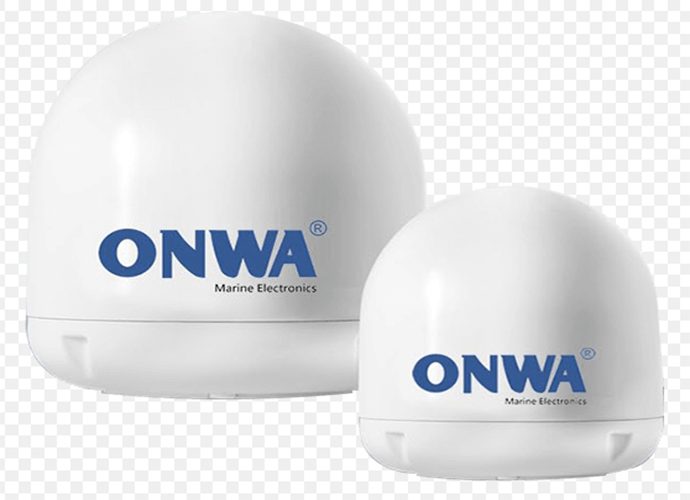
Enhancing the Marine Experience with Marine Satellite TV Antenna
The advent of advanced marine satellite TV antenna systems has revolutionized the way seafarers connect with the world beyond the shores. Today's marine antennas are not just a source of maritime entertainment but also a conduit for a plethora of interactive services like high-speed Internet. Integrating the dual functionality of television and Internet communications, modern marine satellite TV antennas are pivotal for a seamless marine experience. The incorporation of these systems can bring about significant enhancements to life at sea, offering a suite of benefits that cater to practical necessities and leisure demands alike.Dual Functionality of Modern Marine Antennas
Modern marine satellite TV antennas are designed to serve a dual purpose — providing access to a wide range of television channels and enabling high-speed Internet connectivity. This convergence of services is vital for the contemporary mariner, as it allows the crew and passengers to stay informed, entertained, and connected, all through a single piece of equipment. Here's how the dual functionality translates into a superior marine experience:- Television Services: Enjoy a variety of satellite TV channels offering news, sports, movies, and more, even while cruising offshore.
- Internet Connectivity: Leverage high-speed broadband services for web browsing, video conferencing, and online communications.
Benefits of Integrating TV and Internet at Sea
Staying Informed with Real-Time Updates
Access to updated information is crucial for safety and navigation on the open sea. With a marine satellite TV antenna, seafarers can receive real-time weather forecasts and navigational warnings, ensuring well-informed decisions are made while at sea.- Weather Alerts: Instantaneous weather reports help in avoiding adverse conditions and planning safer routes.
- Global News: Stay abreast of worldwide events as they unfold, directly from your vessel.
Entertainment and Connectivity Beyond Borders
Combining marine satellite TV and the Internet opens up a world of endless entertainment options and keeps you connected to your life on land even when you are miles away from the nearest coast.- Streaming Services: Enjoy streaming favorite shows, movies, and music on platforms like Netflix, Spotify, and more.
- Maintaining Relationships: Video calls and social media facilitate constant contact with family, friends, and colleagues, reducing feelings of isolation.
Marine Satellite TV Antenna Installation and Setup
Installing a marine satellite TV antenna is a crucial step in enhancing your maritime experience, providing access to television and internet amidst the vast blue expanses. Adhering to basic guidelines not only ensures a seamless setup but also optimizes your antenna's performance for superior reception and unparalleled signal strength.Basic Installation Guidelines
The installation of a marine satellite TV antenna demands precision and consideration of several factors to maintain optimal functionality and durability. Here’s a stepwise approach to getting your antenna up and running:- Select the Right Antenna: Begin with choosing a marine satellite TV antenna that suits your vessel size and meets your entertainment needs. Compatibility with your boat and desired satellite services is paramount.
- Choose an Ideal Location: For the antenna to have a clear line of sight to the satellites, it's essential to install it in a high, unobstructed area. Avoid placing it near metal structures or equipment that could interfere with the signal.
- Secure Mounting: Use a marine-grade mounting system to secure the antenna firmly. Ensure it can withstand the harsh marine environment and the constant motion of the vessel.
- Connect Cabling: Route the coaxial cable from the antenna to the satellite receiver inside your boat. Keep the cable runs as short as possible to prevent signal loss, and use waterproof seals for all outdoor connections.
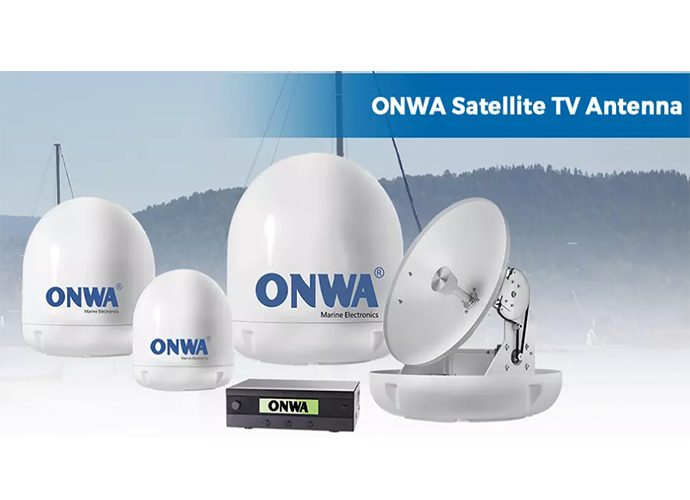
Optimizing Antenna Placement for Best Reception
To enjoy uninterrupted satellite TV and internet services, optimizing the placement of your marine satellite TV antenna is key. Here are tips to enhance reception and ensure robust signal strength:- Avoid Signal Blockages: Ensure the antenna’s placement is not prone to blockages by sails, masts, or other parts of the boat while underway or anchored. Regularly check the surroundings for new obstructions.
- Maintain Antenna Alignment: The antenna should be mounted level with the horizon for it to track satellites accurately. Use gyro-stabilized mounts if available, especially for vessels that encounter rigorous movement.
- Regular Testing and Adjustment: Once installed, test the reception in various locations and under different weather conditions. This helps identify the need for any adjustments in placement or configuration to maintain optimal performance.
- Technical Calibration: Utilize the technical support and calibration tools provided by the antenna manufacturer. This can involve adjusting the skew angle and fine-tuning other settings for enhanced signal reception.
Marine Satellite TV Antenna: Staying Connected at Sea
The modern maritime industry's ever-evolving connectivity requirements have necessitated innovation at sea, and the marine satellite TV antenna stands at the forefront of this revolution. Beyond providing seamless access to a multitude of television channels, this key piece of equipment enhances vessels' internet connectivity, acting as an integral tool in maintaining communication with the land and offering the luxury of the internet in the heart of the open sea.Satellite Internet: Complementing Your Marine Satellite TV Setup
The ideal marine satellite TV antenna fulfills the dual role of a television and internet service provider. This combined functionality is paramount to staying connected and informed when you are away from shore.- Information at Your Fingertips: Access to satellite internet aboard your vessel ensures that you are only a few clicks away from the latest news, market trends, and important email communications.
- Increased Communication Options: From video-conferencing to social media networking, satellite internet allows you to keep in touch with your loved ones or your business contacts, despite being in the middle of the ocean.
- Live Entertainment: When you are not watching your favorite television channels, the 24/7 internet availability means you can stream shows, movies, and music online anytime you wish.
Choosing Your Marine Satellite Internet
Selecting the ideal marine satellite internet provider to partner with your marine satellite TV antenna can be dictated by factors such as speed requirements, data plans, and coverage area. Here are some options to consider:- Speed and Usage Requirements: Blackadar providers like Inmarsat and Iridium offer various service speeds suitable for different usage levels - from leisurely surfing to heavy data streaming.
- Data Plans: Providers offer a spectrum of plans to choose from based on your data usage habits. You can opt for limited data plans for occasional use or go for unlimited data plans if you are a heavy user.
- Coverage Area: Choose a provider that offers satellite coverage in your navigation or cruising areas. Some services offer global coverage, while others may cover only specific regions.
Real-life Marine Satellite TV Antenna and Internet Setups
Examining real-world applications of marine satellite TV antenna systems provides insightful revelations into their operational value. Not only do these case studies highlight the transformative impact on maritime living and operations, but they also give voice to user experiences with specific brands and providers. From luxury yachts to commercial vessels, the scope of installations and accompanying testimony sheds light on the practical enhancements and reliability that these setups contribute to sea-faring professionals and enthusiasts alike.Successful Installations: Enhancing the Boating Experience
Several case studies point to the efficacy of marine satellite TV antenna installations in improving life at sea:- Luxury Yachts: For example, a superyacht equipped with the latest marine satellite TV antenna and high-speed internet capabilities has reported significant upgrades to onboard entertainment and communications. Passengers can now enjoy live sports broadcasts from all around the world, coupled with the ability to video-conference for business matters even when cruising.
- Commercial Shipping Fleets: Incorporating satellite TV and internet setups across a global shipping fleet has led to better-informed crews with real-time weather updates and global news. This technological leap has successfully reduced feelings of isolation among the crew, thereby impacting morale and overall performance positively.
User Testimonials: Reliability and Service Assessment
ONWA Marine Satellite TV Antenna Reviews
Review #1: Ultimate Seafaring Companion
Rating: ★★★★★Reviewer: MaryEvaluation Time: 5 months ago
"After months of research and comparison, I decided to equip my catamaran with the ONWA marine satellite TV antenna. The HD capability is a game changer, delivering crystal-clear picture quality even in challenging sea conditions. The compatibility with various satellite providers meant I was free to choose a package that suited my sailing itinerary. What impressed me most, however, was the gyroscopic stabilization feature. It kept the signal steady through some rough passages, ensuring uninterrupted access to my favorite shows and sports broadcasts. ONWA has truly enhanced my family's long voyages, making it feel like a home away from home."Review #2: Durability That Weathers the Storm
Rating: ★★★★☆Reviewer: John
Evaluation Time: 3 weeks ago
"I've had my share of satellite TV antennas on previous vessels, but none have stood up to the marine elements quite like the ONWA. Despite being exposed to salt, sun, and storm, it performs exceptionally well with minimal maintenance. My only nitpick is the initial setup, which felt more cumbersome than expected. However, once operational, its reliability has been unquestionable, providing solid entertainment value at anchor or while cruising. The performance justifies the investment."Review #3: Cost-Effective Marine Entertainment Solution
Rating: ★★★★☆Reviewer: Alex
Evaluation Time: 2 months ago
"Selecting the ONWA marine satellite TV antenna for our small charter yacht was a decision driven by the balance of cost and features. Not only does it offer HD viewing and compatibility with multiple providers, but the inclusion of added functionalities like GPS and Wi-Fi connectivity positions it ahead of the curve. The antenna's price, combined with the ongoing subscription costs, presents a value proposition hard to ignore. The only drawback noticed was the occasional need to manually adjust the antenna in very specific cruising locations, but this is a minor inconvenience relative to the benefits."Review #4: Exceeds Expectations in High Seas
Rating: ★★★★★Reviewer: Sara
Evaluation Time: 1 month ago
"As a seasoned sailor who enjoys high-seas adventures, I've often found myself disappointed by the performance of various marine antennas—until I installed ONWA's offering. Its robust build and performance in severe weather conditions is commendable. The picture quality remains stable and clear, even when battling against the unforgiving winds and towering waves of the open ocean. The antenna's durable construction ensures I worry less about its capability to withstand the environment and focus more on navigating. It's an indispensable tool for any serious mariner."Review #5: A Mixed Bag, But Mostly Positive
Rating: ★★★☆☆Reviewer: Chris
Evaluation Time: 6 weeks ago
The ONWA marine satellite TV antenna offers a compelling mix of features, including HD quality reception and ease of use once it's up and running. Its compatibility with a broad range of satellite providers gives flexibility in terms of channel selection, which is a significant plus. However, I experienced some hiccups with the customer service department regarding a technical issue, which was eventually resolved but caused some frustration. Additionally, while the antenna's performance is generally good, it does falter slightly under extreme weather conditions, which is something potential buyers in particularly tumultuous regions might want to consider.Marine Satellite TV Antenna: An Essential Communication Tool
While a marine satellite TV antenna fundamentally serves the purpose of entertainment and broadband internet access at sea, satellite technology broadly encompasses vital communication channels, including satellite phones. These devices act as a standalone alternative or a supplemental method to internet-based communications, ensuring a robust communication network crucial for safety and connectivity in the open sea. Their significance only grows in emergency situations, where they can become the lifeline for a distressed vessel.The Role of Satellite Phones Beside Marine Satellite TV Antenna
| Feature | Marine Satellite TV Antenna | Satellite Phones |
|---|---|---|
| Communication Type | Primarily for entertainment and broadband internet services. | Dedicated to non-internet voice communication, functioning independently of internet availability. |
| Ease of Use | Requires installation and setup for internet connectivity. | Portable and user-friendly, offering immediate communication capabilities without complex setup. |
| Versatility | Ideal for internet-based communications including emails, VoIP, and streaming. | Suited for essential communications, daily check-ins, and coordination efforts. |
| Application in Emergencies | May provide internet access for VoIP calls and information. However, effectiveness can be compromised in certain conditions. | Critical for establishing a direct voice communication line with rescue and coordination centers. |
| Signal and Coverage | Dependent on the proximity to service providers’ satellites and weather conditions. | Offers global coverage including remote areas, independent of cellular networks. |
| Power Dependence | Relies on the vessel’s power system for operation. Needs constant power supply for continued service. | Many models are equipped with long battery life or alternative power options, ensuring operation during power outages. |
| Overall Implications | Enhances on-water entertainment and internet connectivity, but may require complex setup and is dependent on power and weather. | Provides a reliable, easy-to-use method for voice communication, crucial for safety and emergencies. |
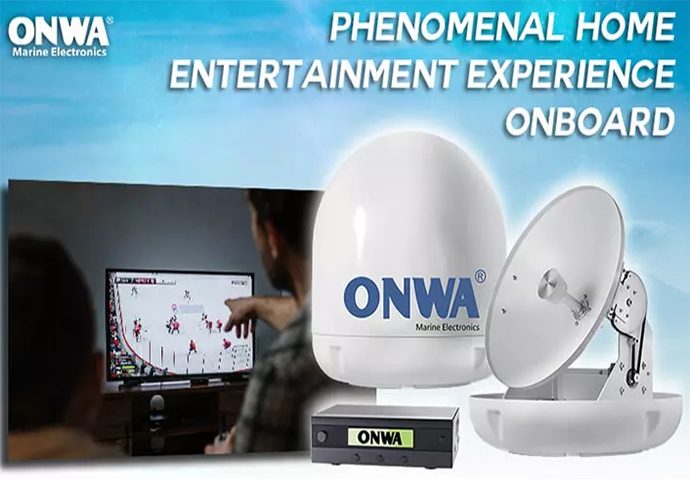
>>Click here view more
